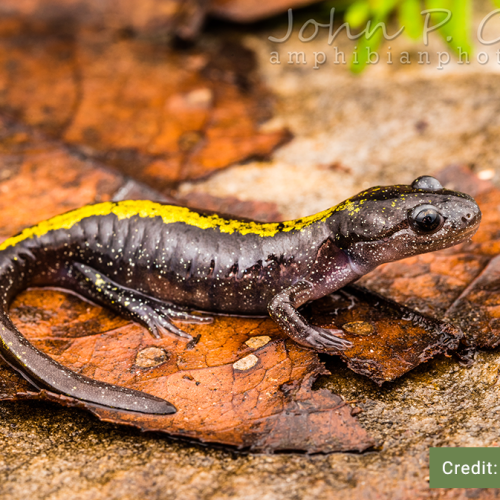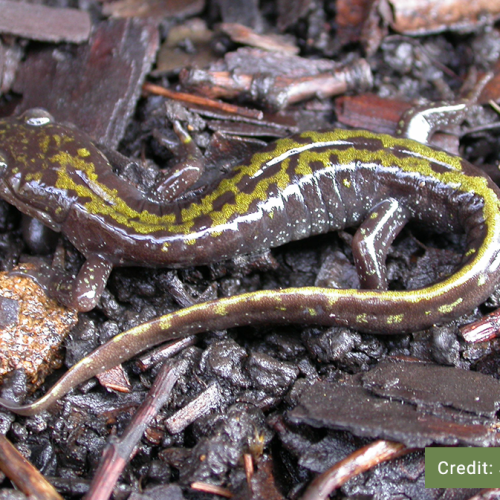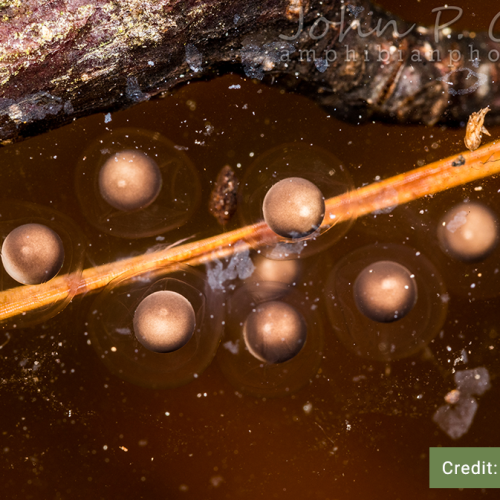Credit: John Clare
Long-toed Salamander
Ambystoma macrodactylum
Description
Listen to the Indigenous words for “salamander” here!

Similar Species
The Long-toed Salamander may easily be confused with the Western Red-backed Salamander and the Coeur d’Alene Salamander. Both of these species lack long toes on the hind feet and are generally slenderer than the Long-toed Salamander. The Western Red-backed Salamander also has a smooth-edged red dorsalDefinition:Relating to the top or back. stripe, as opposed to the irregular or uneven yellow-green or orange-green edges of the Long-toed Salamander dorsal stripe. Of the 3 subspecies found in British Columbia, it is most easy to differentiate between them based on location. However, only the Northern Long-toed Salamander has a dorsal stripe that continues onto the head.
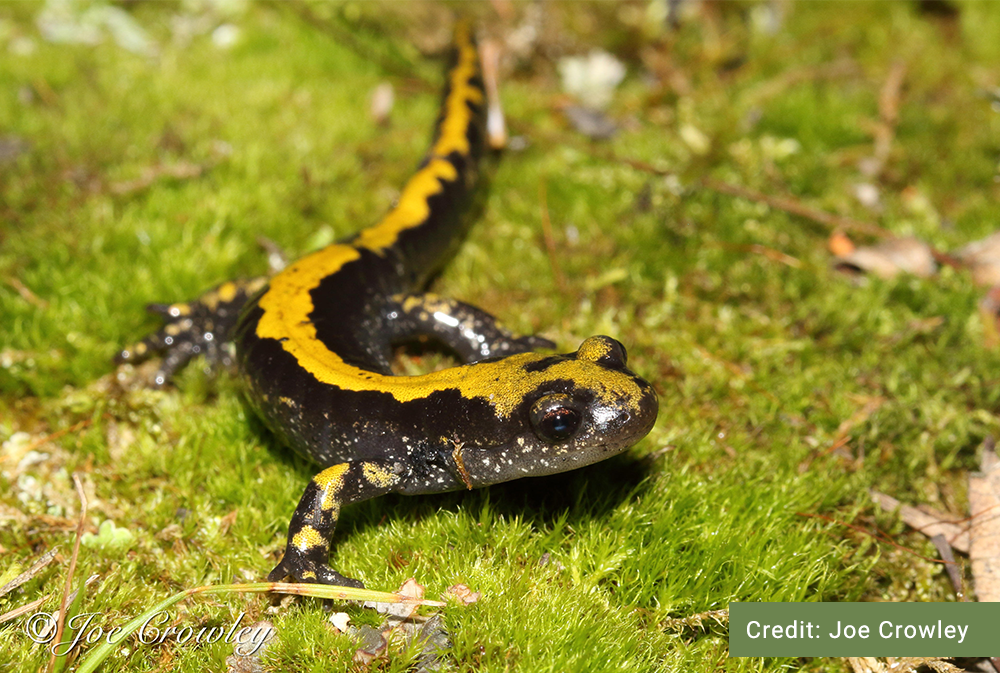
Long-toed Salamander
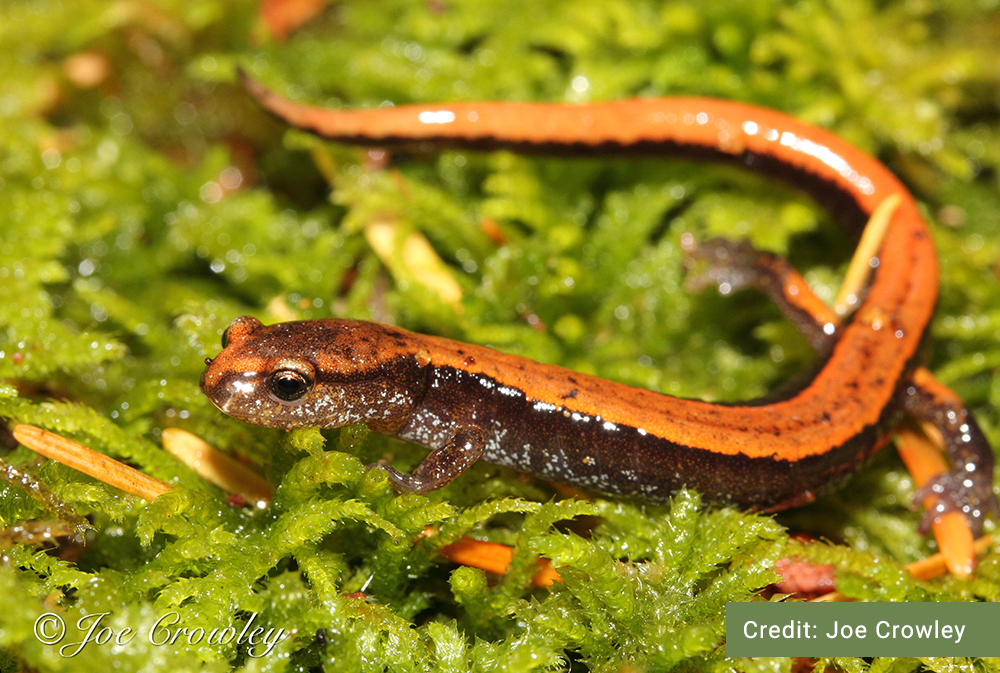
Western Red-backed Salamander
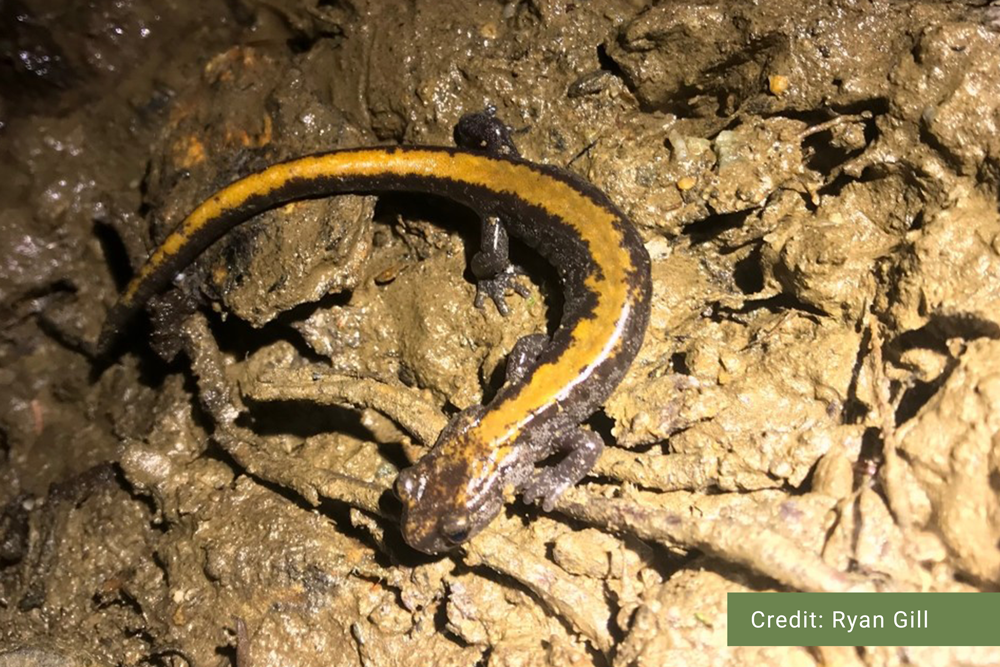
Coeur d’Alene Salamander
Distribution
Western Long-toed Salamander (Ambystoma macrodactylum macrodactylum) – lower Fraser Valley and Vancouver Island
Northern Long-toed Salamander (Ambystoma macrodactylum krausei) – southeastern B.C., Rocky Mountains
Eastern Long-toed Salamander (Ambystoma macrodactylum columbianum) – the rest of B.C.
Habitat
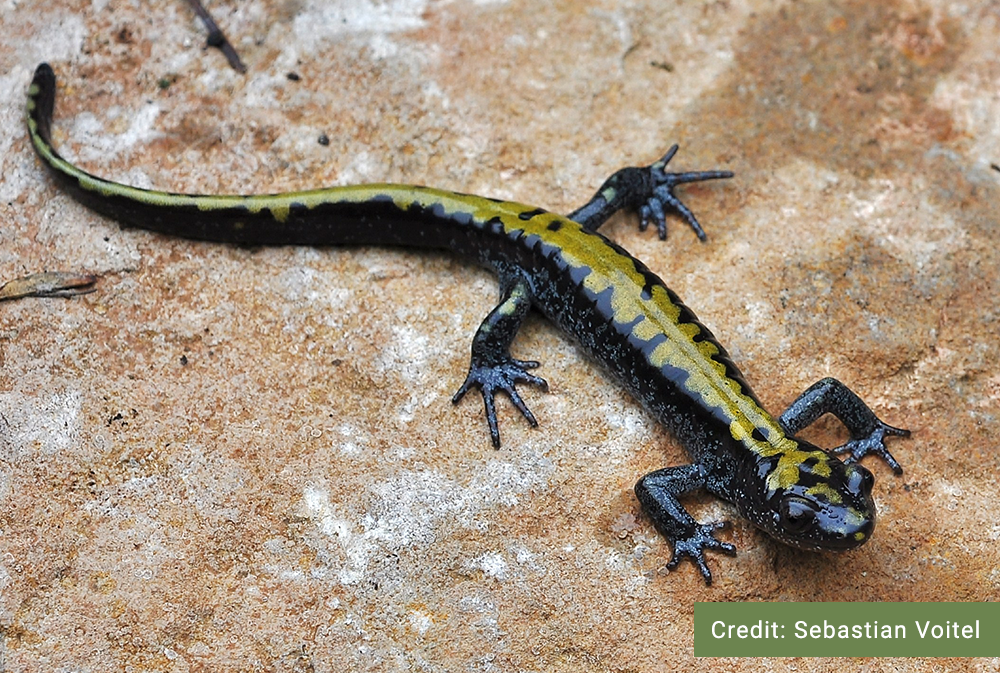
Reproduction
In British Columbia, Long-toed Salamanders may be the earliest breeding amphibian, as they may migrate across snow to deposit eggs before ice has completely receded. Mating occurs in aquatic habitats. The male will swim ahead of the female and deposit a packet of sperm that the female will collect with her cloacaDefinition:The common cavity in which the intestinal, urinary, and reproductive canals open in birds, reptiles, amphibians, many fishes, and certain mammals.. The female will then deposit up to 400 eggs underwater near the shoreline. Eggs are laid either individually or in small clusters of up to 30, often attached to vegetation. The eggs are brown on top and creamy below, with a double membrane and a thick jelly coat. Larvae will hatch within 2-3 weeks depending on the water temperature. The larvae grow very quickly, and once they grow to about 7 cm they will metamorphose into a terrestrial juvenile form. Upon metamorphosis, Long-toed Salamanders absorb their fins and gills, and respire with internal lungs. They will reach sexual maturity after 2-5 years in the terrestrial stage. At high elevations where water is cold and development is prolonged, the larvae may overwinter in breeding ponds and metamorphose the following summer. The lifespan of Long-toed Salamanders is 6-10 years.
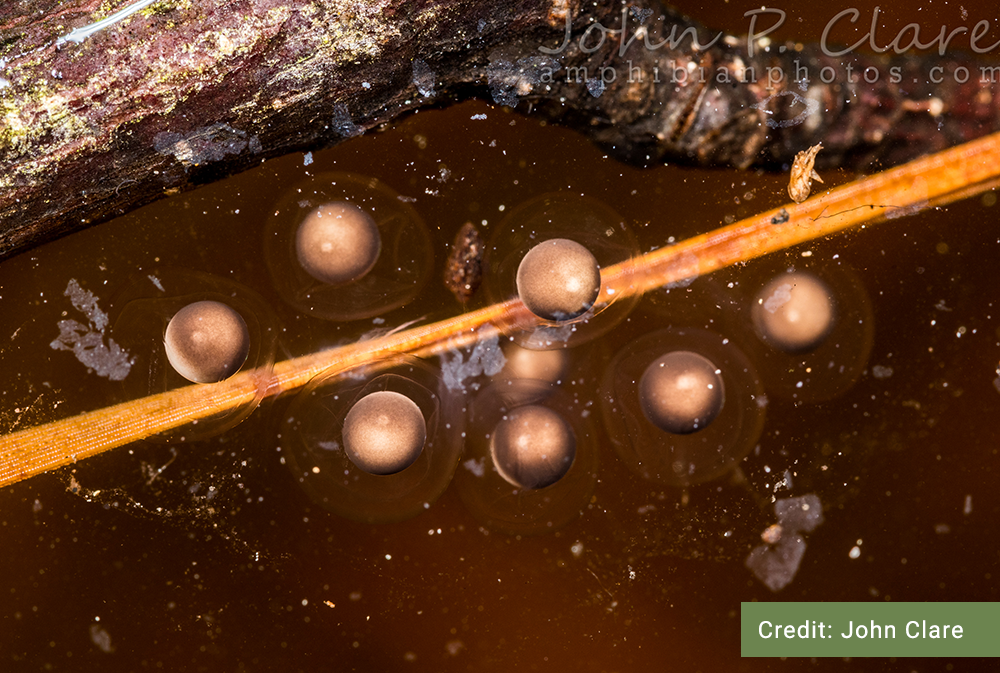
Diet
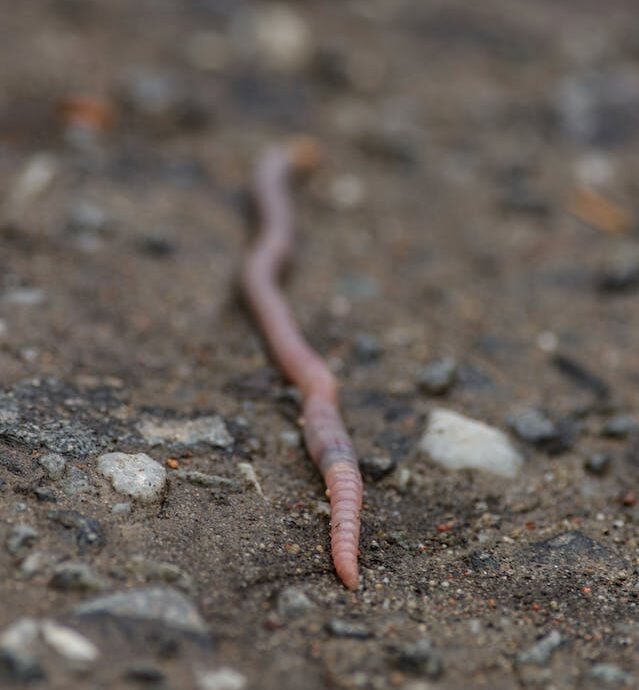
Conservation Status
Global: G5 (2015)
COSEWIC: NAR
Provincial: S5 (2016)
BC List: Yellow
Learn more about conservation status rankings here
Threats

Did You Know?
Species Account Author: Marcus Atkins
Available: https://a100.gov.bc.ca/pub/eswp/ (accessed Jun 4, 2021 ).
B.C. Conservation Data Centre. 2016. Conservation Status Report: Ambystoma macrodactylum. B.C. Minist. of Environment.
Available: https://a100.gov.bc.ca/pub/eswp/ (accessed Jun 4, 2021).
B.C. Conservation Data Centre. 2021. BC Species and Ecosystems Explorer. B.C. Minist. of Environ. Victoria, B.C.
Available: https://a100.gov.bc.ca/pub/eswp/ (accessed Jun 4, 2021).
http://a100.gov.bc.ca/pub/eirs/finishDownloadDocument.do?subdocumentId=7965
http://www.canadianherpetology.ca/species/
https://linnet.geog.ubc.ca/efauna/Atlas/Atlas.aspx?sciname=Ambystoma%20macrodactylum&ilifeform=2




